Omer Arbel's Pacific North West house is built on concrete ‘lily pads’
Construction progresses fast at OAO's new residential design in Canada's Pacific North West, where Bocci creative director and practice founder Omer Arbel's sculptural concrete and experimental methods take centre stage
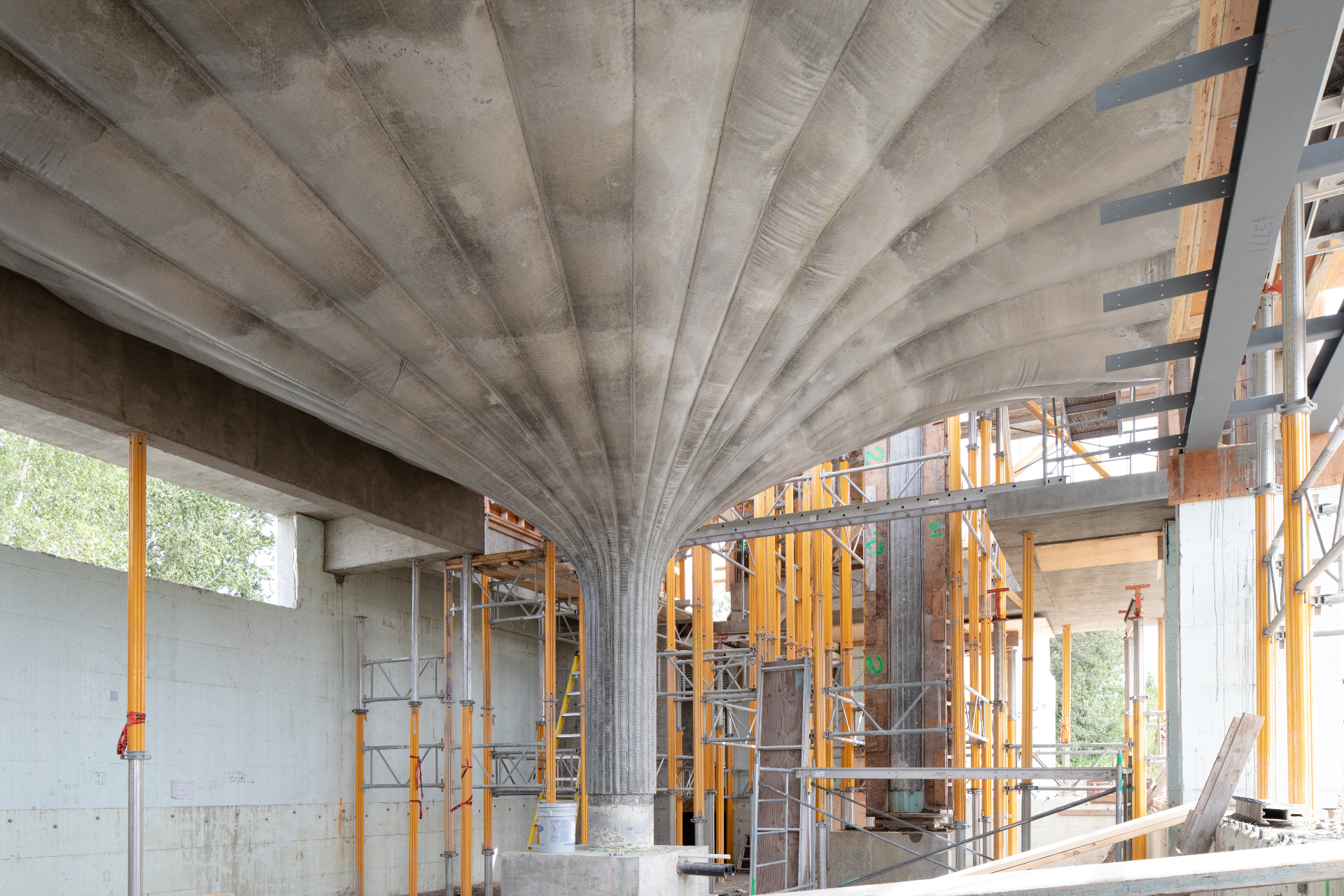
A new residential project under construction in Canada’s Pacific North West is a beguiling blend of ornament and minimalism, emphatic curves and defined lines.
Designed for a private client by Vancouver-based OAO, 75 (as the house is called) is built on a constellation of fluid and organic fabric-formed concrete ‘lily pads’ with hollow tops that can accommodate the roots of trees. ‘These "reverse trumpets" are each a different footprint and height and composed relative to each other with an intent to weave domestic space in a cinematographic manner over, under, and through them,' explains Omer Arbel, founder of the practice, who was inspired by the way archaeological ruins are often presented within modernist boxes in museums. ‘I was interested in considering the fabric formed concrete almost as if they were found artefacts on the site, with our task being to enclose them. I enjoy the contrast and tension between these different expressive languages.'
As a studio OAO is committed to developing experimental and innovative methods of making derived from a material’s intrinsic chemical, physical or mechanical properties. With 75 they set out to explore methods of pouring concrete that would acknowledge the material’s paradoxical qualities – plasticity and hardness – and formulate a process that acknowledged its dynamic and sculptural aspects instead of forcing it into a conventional linear application.
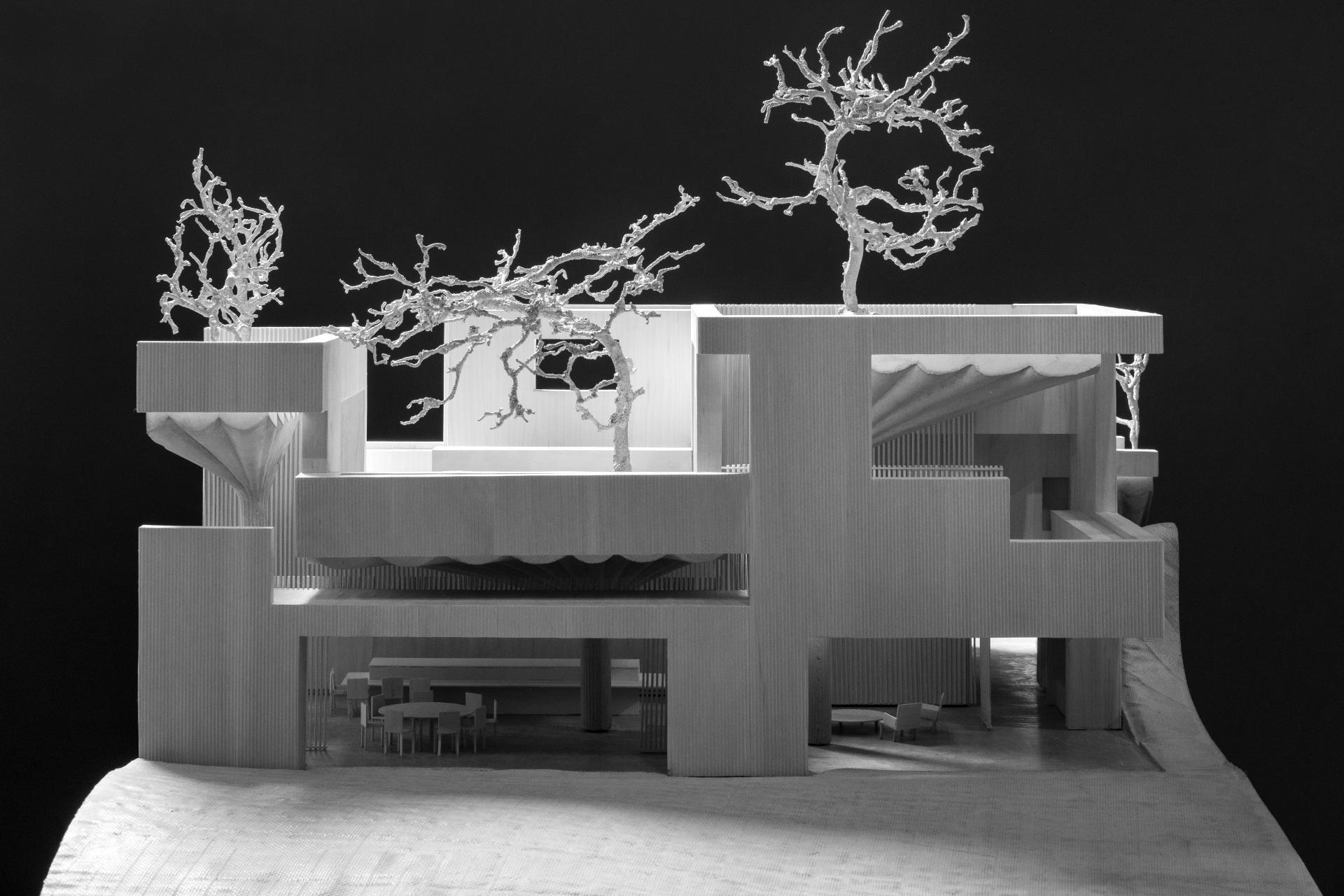
Model
The uncommon concrete forming process they landed on to make the nine ribbed ‘lily pads’ involved stretching sheets of geotextile between plywood ribs erected in a radial configuration on a foundation. ‘Traditionally, concrete is poured in several lifts, allowing each to cure before the next is poured, however in our case this was impossible because of the risk of one lift seeping between the extents of the previous lift and the fabric,' says Arbel. ‘In collaboration with our engineer we developed a very slow continuous pour schedule, with the formula for the concrete adjusted so that it cures at the same slow rate as the pour. In this way the base of the stem gains enough strength throughout the duration of the pour to support the subsequent volume of fresh concrete higher up.'
The house is located on a flat hay farm in an agricultural suburb of Vancouver and the architects treated the field like a carpet to be draped over the house, with the lily pad forms (also appealingly described by Arbel as Chanterelle mushrooms) punching through a cedar-clad façade that will eventually turn silver. Instead of contrasting or offsetting the region’s oft grey rainy skies, the architects chose to embrace it with an exterior palette of different greys (in the form of grey timbers and metal). For three weeks a year however, the flowering magnolia trees planted in the lily pads on the house’s inhabitable roof will bloom, providing a memorable flush of colour.
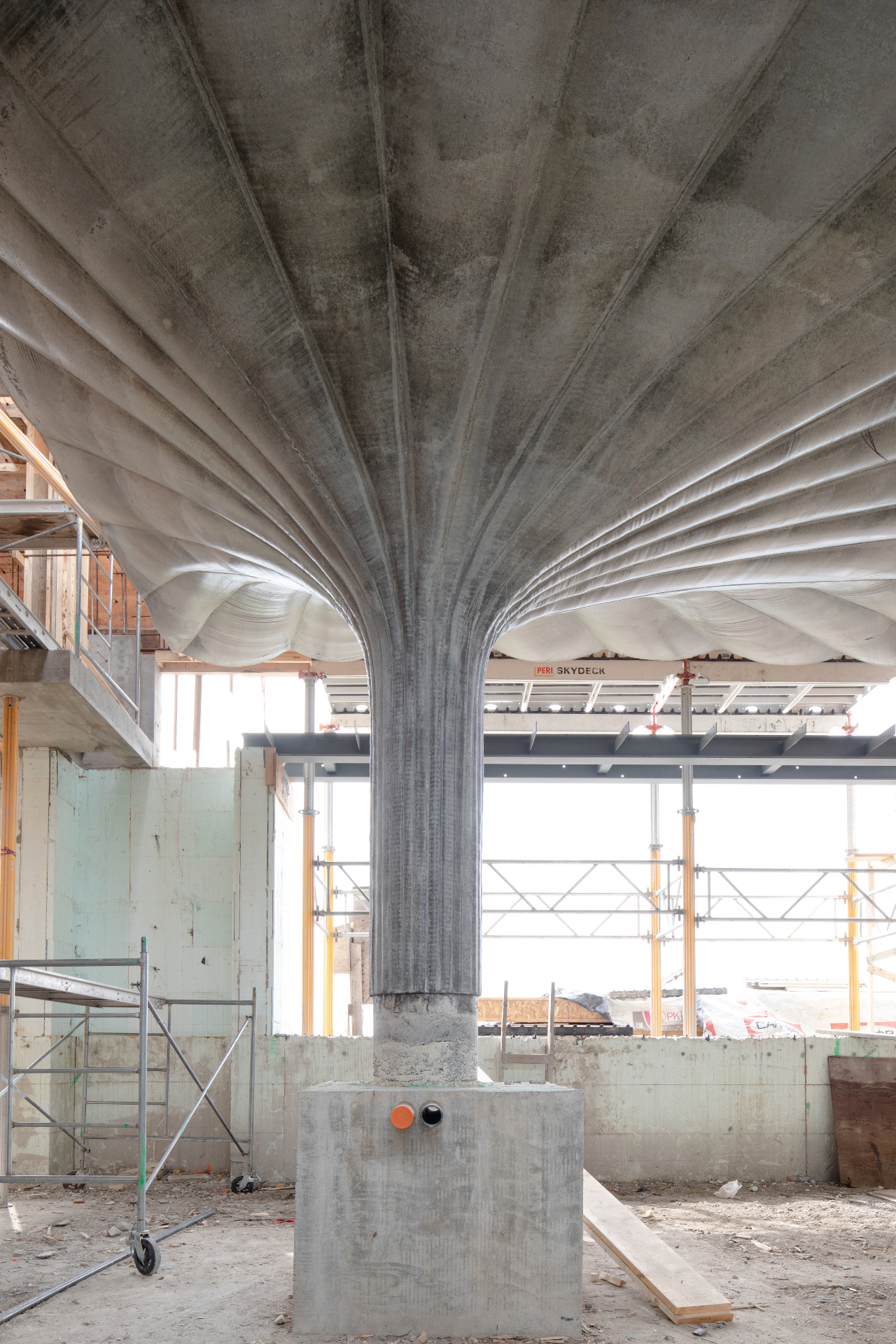
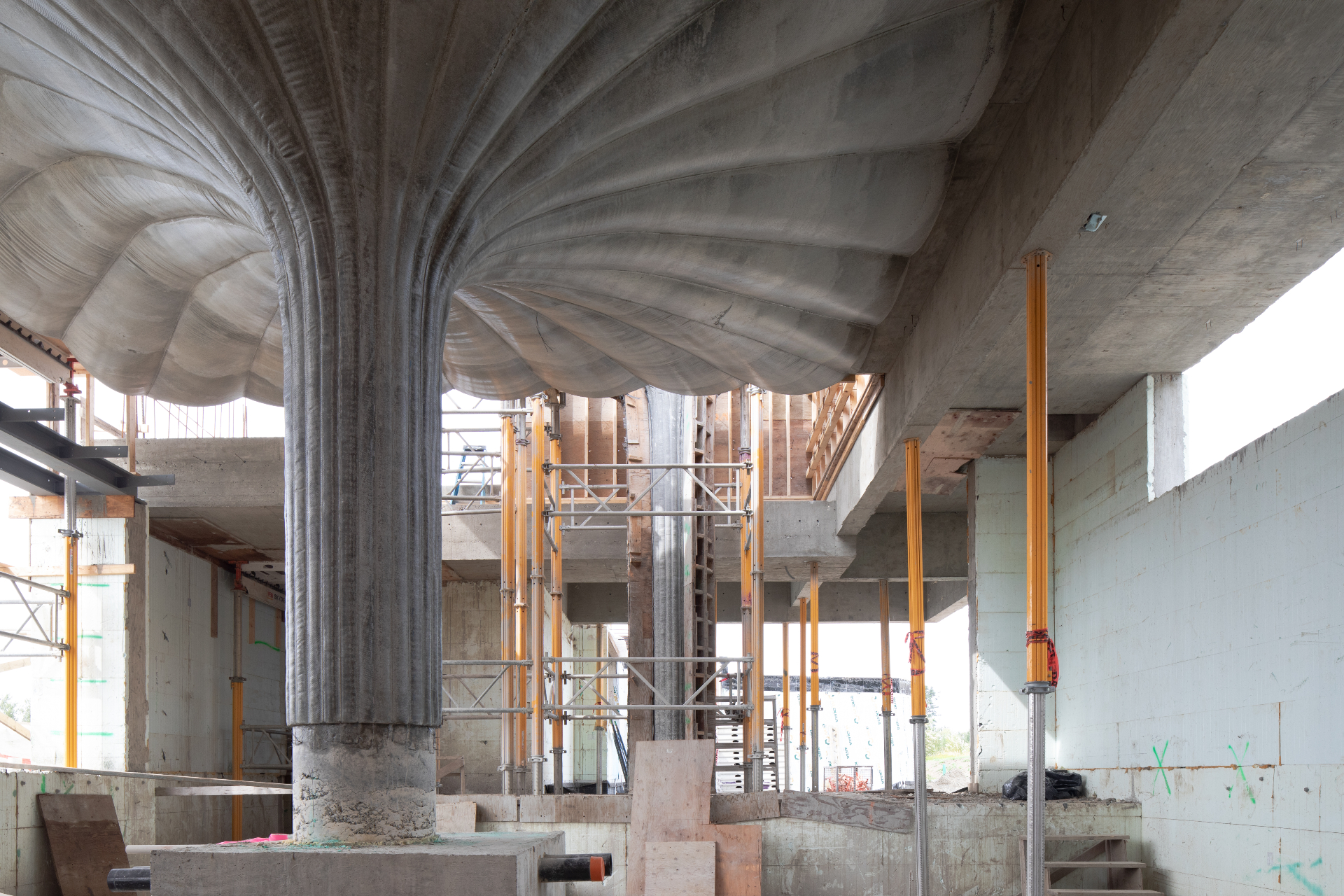


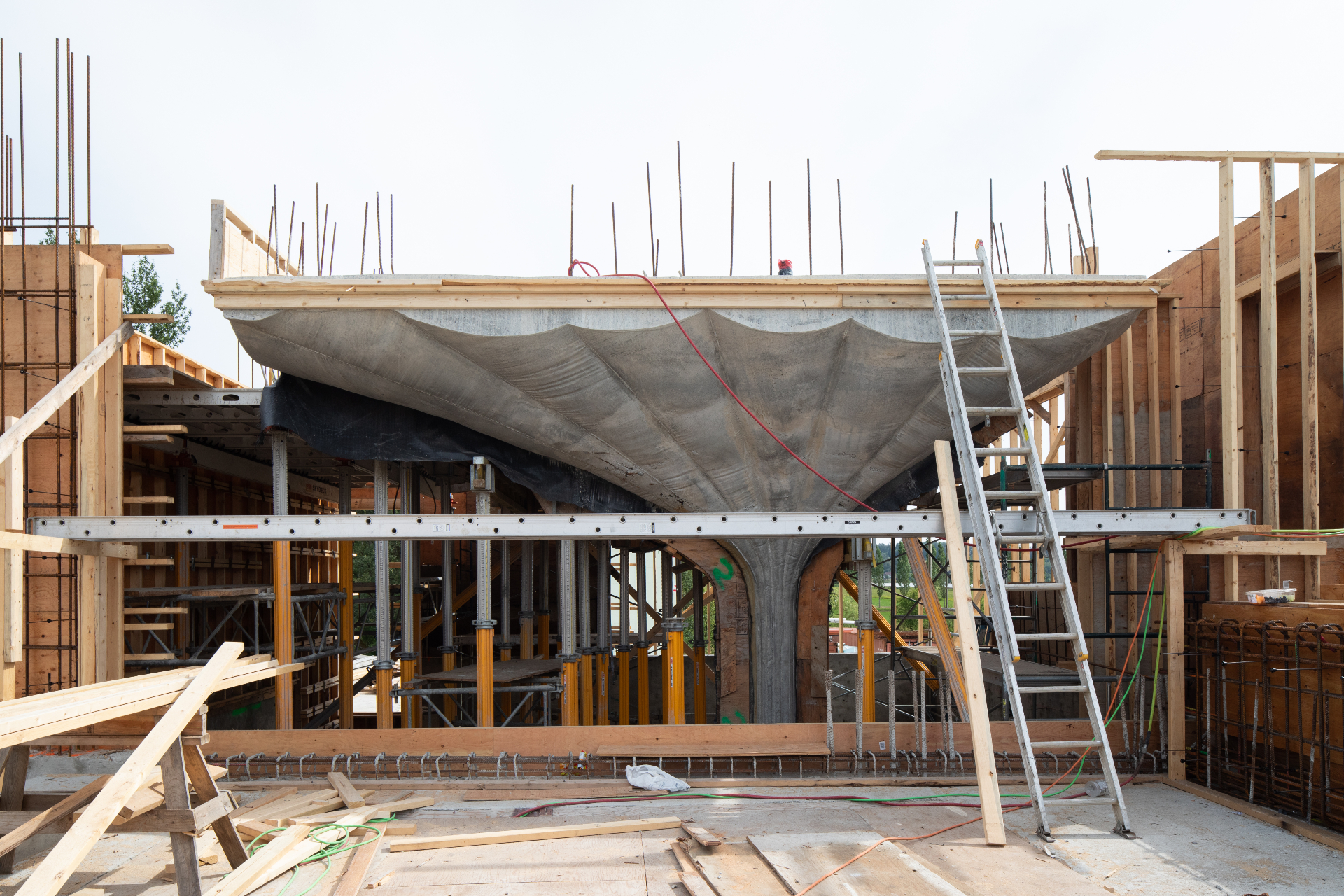


INFORMATION
Receive our daily digest of inspiration, escapism and design stories from around the world direct to your inbox.
Giovanna Dunmall is a freelance journalist based in London and West Wales who writes about architecture, culture, travel and design for international publications including The National, Wallpaper*, Azure, Detail, Damn, Conde Nast Traveller, AD India, Interior Design, Design Anthology and others. She also does editing, translation and copy writing work for architecture practices, design brands and cultural organisations.
-
 ‘I want to bring anxiety to the surface': Shannon Cartier Lucy on her unsettling works
‘I want to bring anxiety to the surface': Shannon Cartier Lucy on her unsettling worksIn an exhibition at Soft Opening, London, Shannon Cartier Lucy revisits childhood memories
-
 What one writer learnt in 2025 through exploring the ‘intimate, familiar’ wardrobes of ten friends
What one writer learnt in 2025 through exploring the ‘intimate, familiar’ wardrobes of ten friendsInspired by artist Sophie Calle, Colleen Kelsey’s ‘Wearing It Out’ sees the writer ask ten friends to tell the stories behind their most precious garments – from a wedding dress ordered on a whim to a pair of Prada Mary Janes
-
 Year in review: 2025’s top ten cars chosen by transport editor Jonathan Bell
Year in review: 2025’s top ten cars chosen by transport editor Jonathan BellWhat were our chosen conveyances in 2025? These ten cars impressed, either through their look and feel, style, sophistication or all-round practicality
-
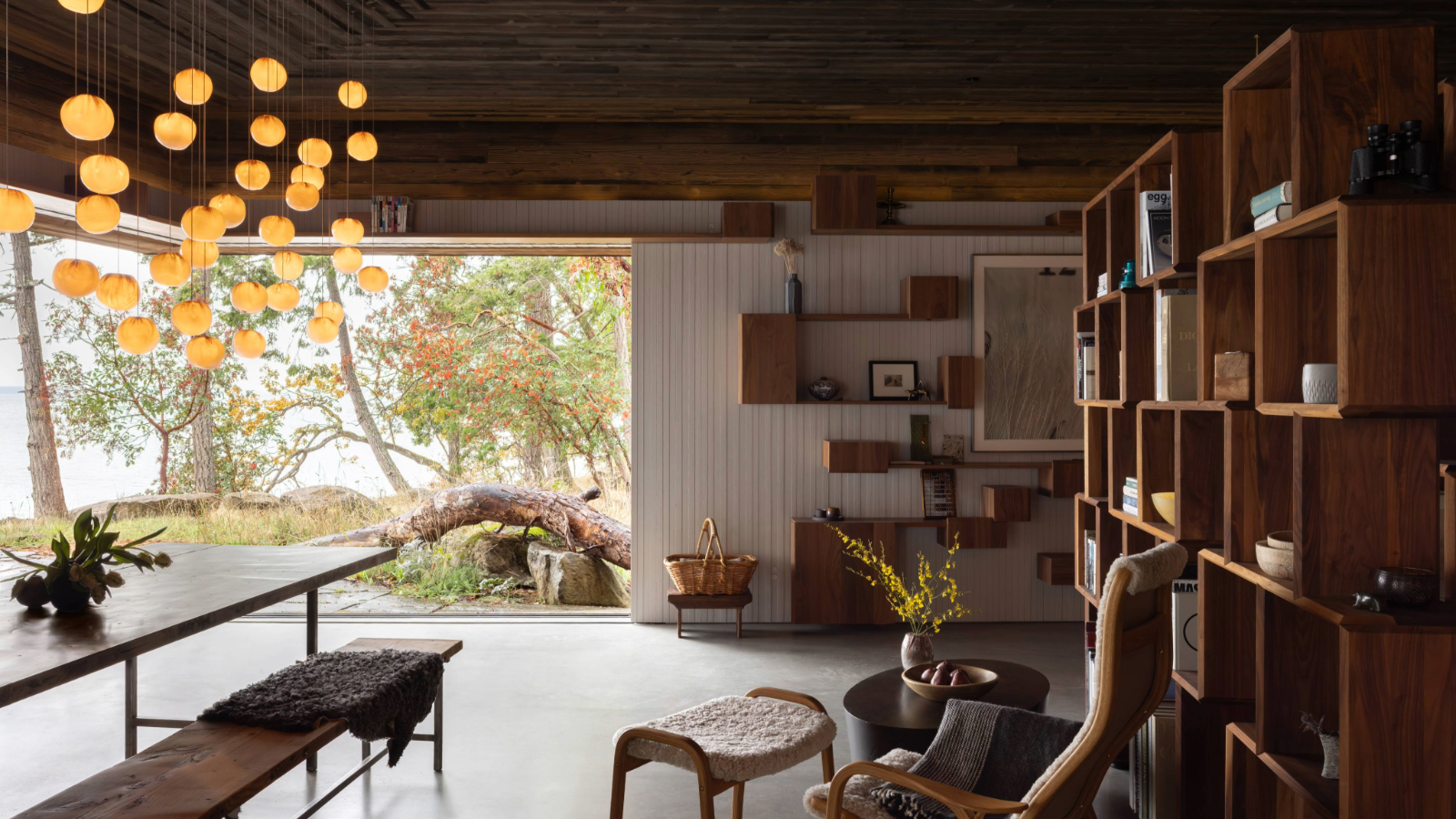 This retreat deep in the woods of Canada takes visitors on a playful journey
This retreat deep in the woods of Canada takes visitors on a playful journey91.0 Bridge House, a new retreat by Omer Arbel, is designed like a path through the forest, suspended between ferns and tree canopy in the Gulf Island archipelago
-
 The Architecture Edit: Wallpaper’s houses of the month
The Architecture Edit: Wallpaper’s houses of the monthFrom Malibu beach pads to cosy cabins blanketed in snow, Wallpaper* has featured some incredible homes this month. We profile our favourites below
-
 Explore the riches of Morse House, the Canadian modernist gem on the market
Explore the riches of Morse House, the Canadian modernist gem on the marketMorse House, designed by Thompson, Berwick & Pratt Architects in 1982 on Vancouver's Bowen Island, is on the market – might you be the new custodian of its modernist legacy?
-
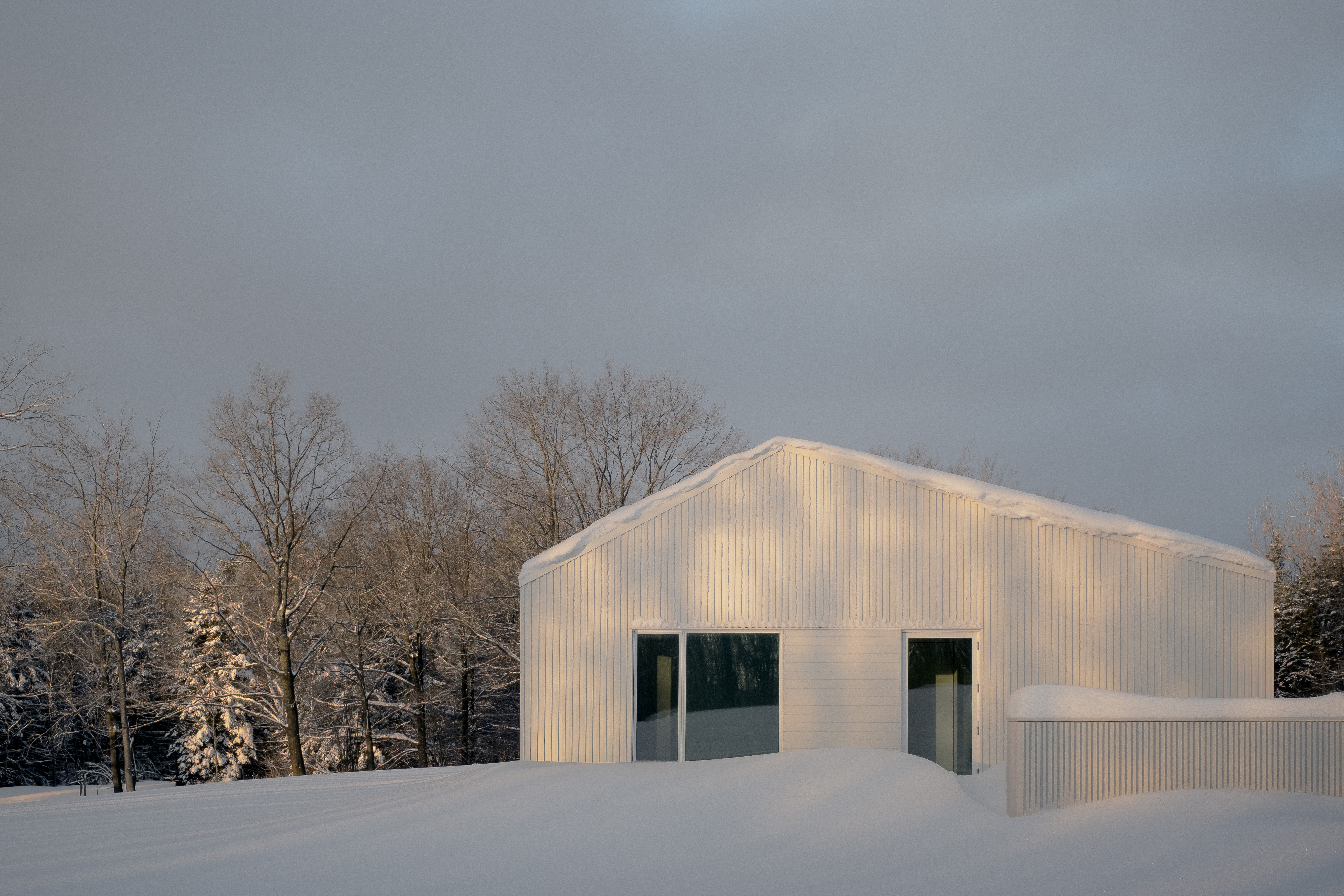 Cosy up in a snowy Canadian cabin inspired by utilitarian farmhouses
Cosy up in a snowy Canadian cabin inspired by utilitarian farmhousesTimbertop is a minimalist shelter overlooking the woodland home of wild deer, porcupines and turkeys
-
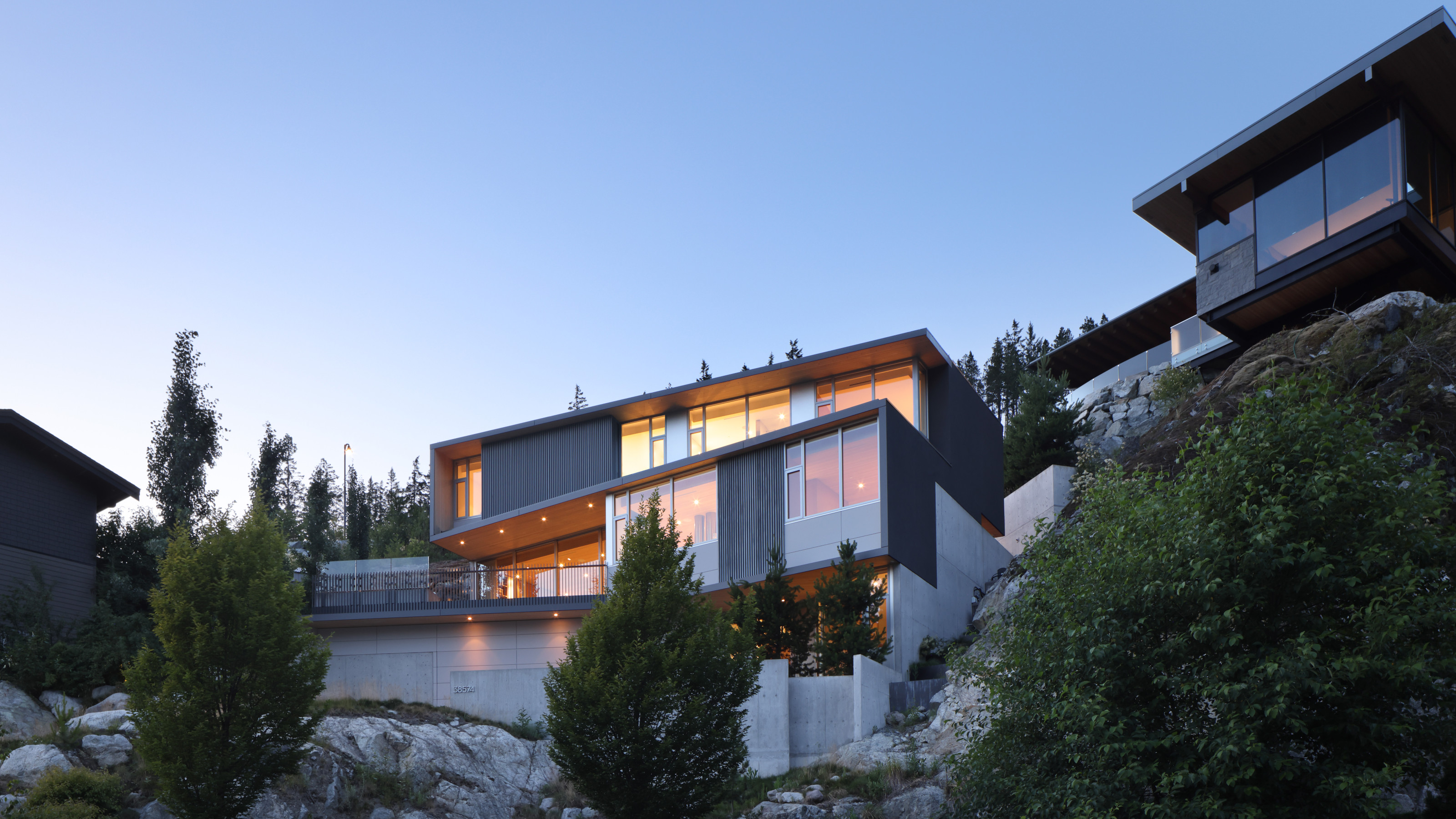 Buy yourself a Sanctuary, a serene house above the British Columbia landscape
Buy yourself a Sanctuary, a serene house above the British Columbia landscapeThe Sanctuary was designed by BattersbyHowat for clients who wanted a contemporary home that was also a retreat into nature. Now it’s on the market via West Coast Modern
-
 A beautifully crafted concrete family house in a Mexican suburb is a contemplative oasis
A beautifully crafted concrete family house in a Mexican suburb is a contemplative oasisHW Studio have shaped a private house from raw concrete, eschewing Brutalist forms in favour of soft light, enclosed spaces and delicate geometries
-
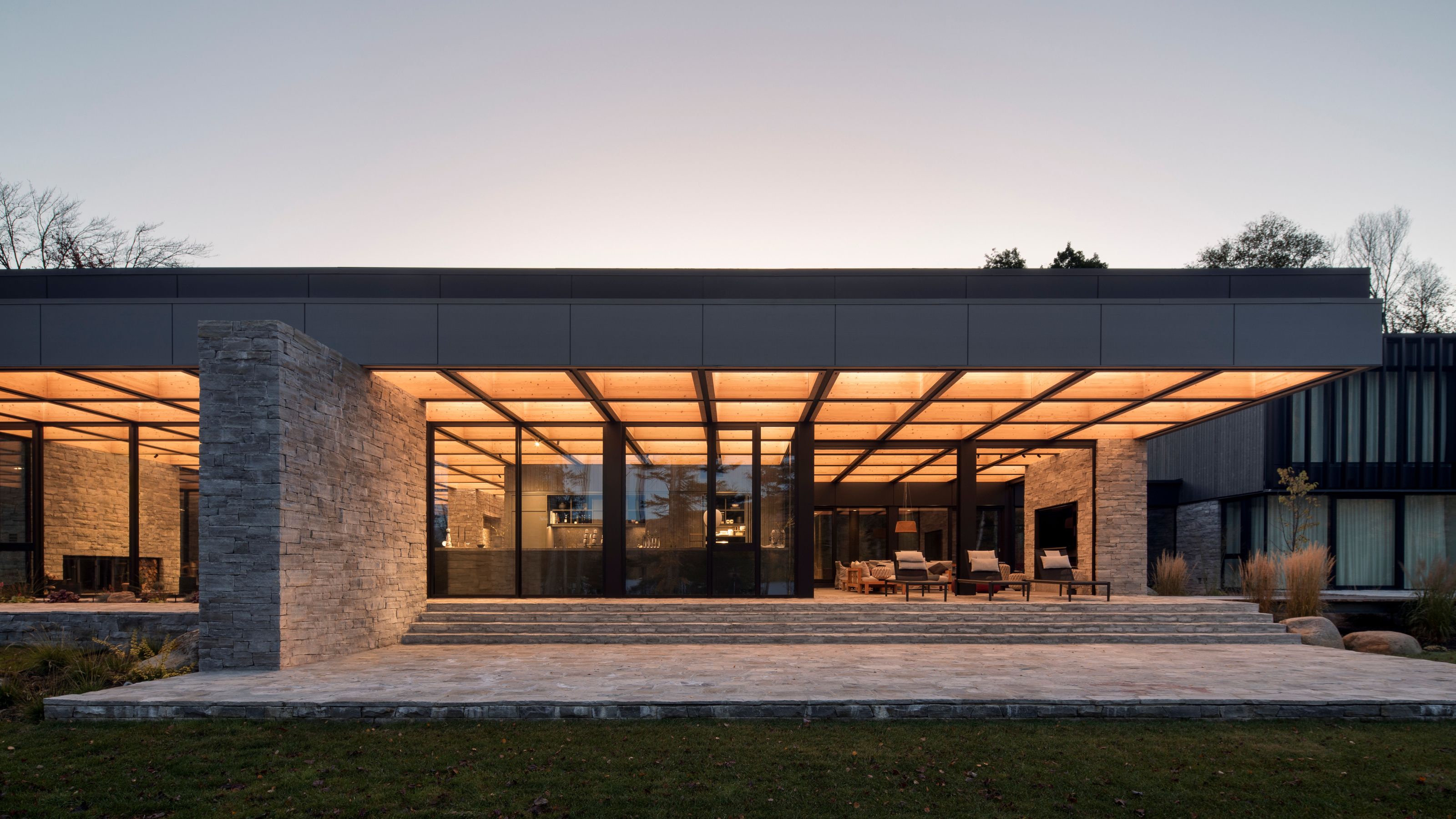 La Maison de la Baie de l’Ours melds modernism into the shores of a Québécois lake
La Maison de la Baie de l’Ours melds modernism into the shores of a Québécois lakeACDF Architecture’s grand family retreat in Quebec offers a series of flowing living spaces and private bedrooms beneath a monumental wooden roof
-
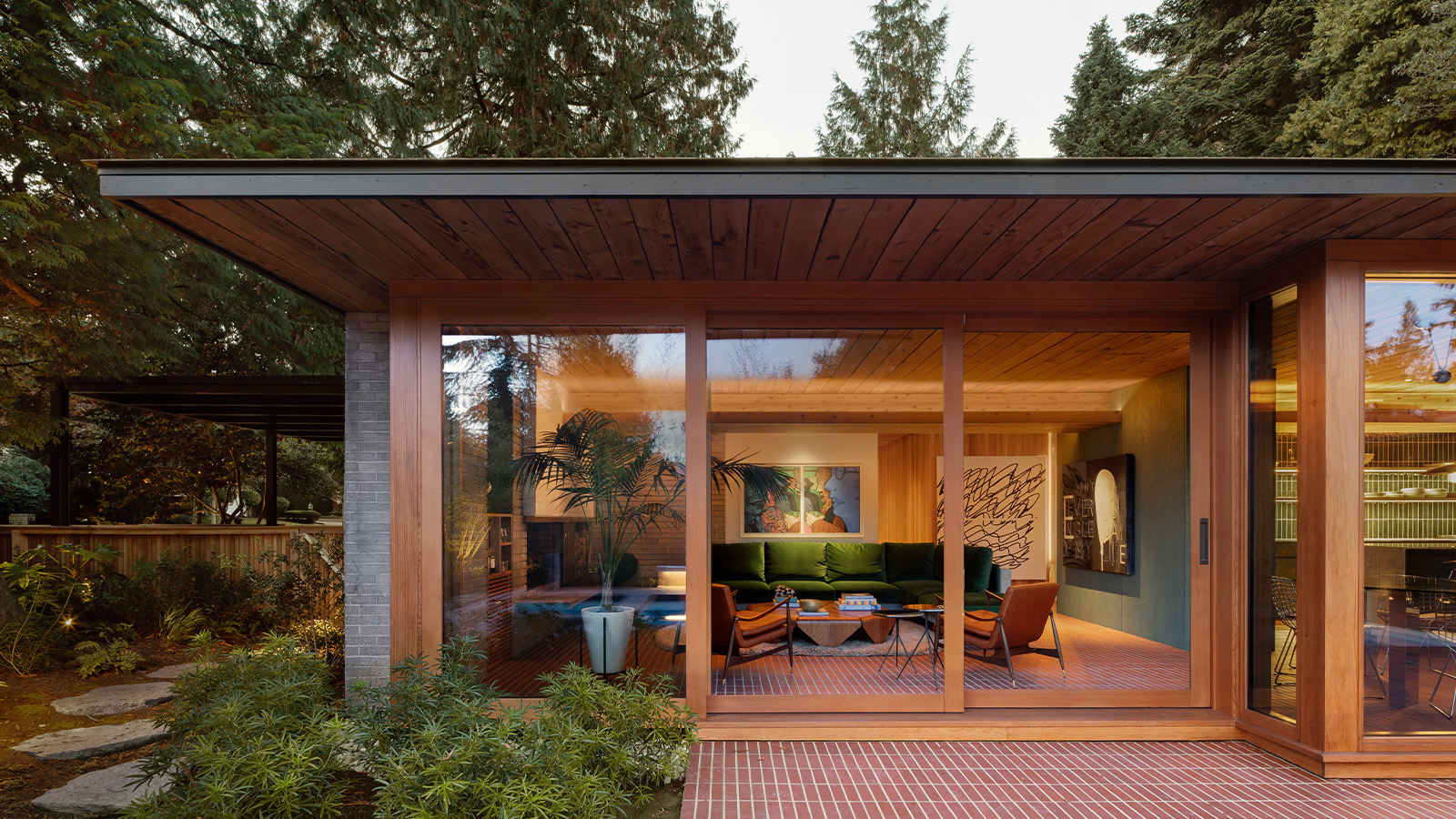 Peel back maple branches to reveal this cosy midcentury Vancouver gem
Peel back maple branches to reveal this cosy midcentury Vancouver gemOsler House, a midcentury Vancouver home, has been refreshed by Scott & Scott Architects, who wanted to pay tribute to the building's 20th-century modernist roots